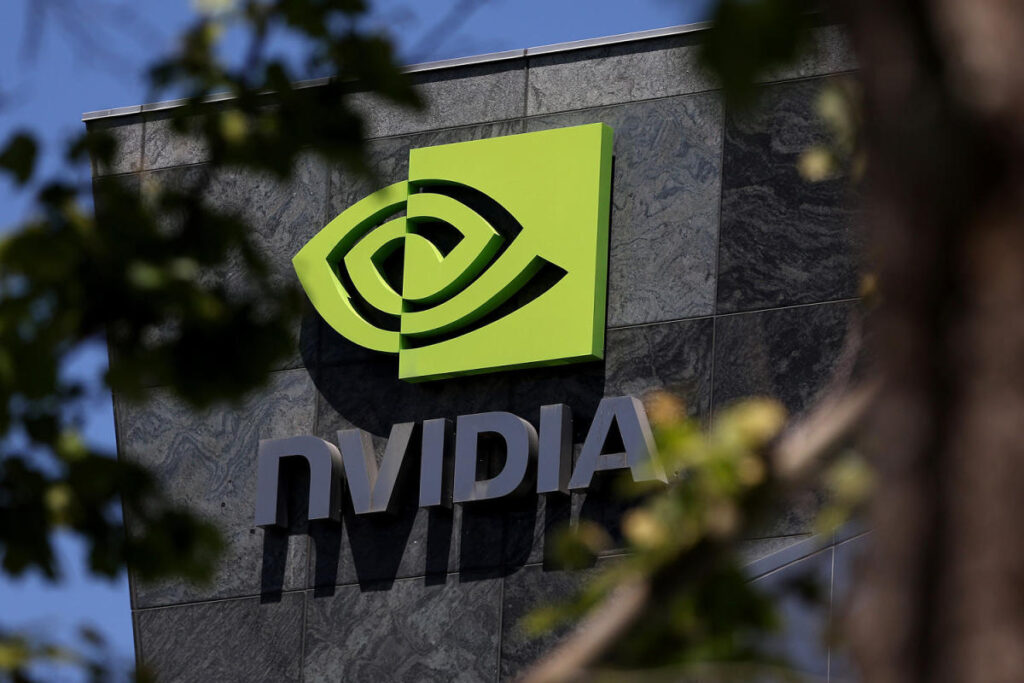China has initiated a probe against Nvidia, the U.S. chipmaker, for alleged violations of its anti-monopoly laws, a development that is poised to further strain the already complicated trade relationships between China and the U.S. This investigation specifically targets Nvidia’s acquisition of Mellanox, completed in 2019, which had initially received conditional approval from Chinese regulators in 2020. Nvidia, in response, expressed its willingness to cooperate with regulators while firmly standing by its market performance, maintaining that decisions made by customers reflect the brand’s dedication to delivering high-quality products. Following the news of the investigation, Nvidia’s stock experienced a decline, a reflection of the ongoing uncertainties in U.S.-China economic engagements.
The backdrop to this escalating tension includes a series of stringent export controls imposed by the outgoing Biden administration, intended to curtail China’s capability to utilize American-made semiconductors for military and AI advancements. In reaction, China accused the U.S. government of hypocrisy, alleging it engages in unilateral bullying while broadening the definition of national security to justify these restrictive measures. China’s Commerce Ministry expressed strong opposition to such actions, indicating a willingness to retaliate with embargoes on crucial materials provided to the U.S. This scenario exemplifies a larger pattern of protective policies and responses from both nations, highlighting a profound juxtaposition between their stances on global trade.
Nvidia’s increasing market dominance and vital role in the artificial intelligence sector have not gone unnoticed, sparking investigations not only from China but also from European regulators, including those in France and the U.S. However, each investigation investigates separate issues regarding Nvidia’s market practices. The company’s chips have become essential for many tech firms fueling the ongoing AI boom, driving the growth of Nvidia’s stock value, which has nearly tripled in 2024 alone. The company’s significant market impact showcases both its success and the concerns of regulators about potential monopolistic behaviors.
The geopolitical landscape surrounding trade relations is complex, especially with Donald Trump poised to re-enter the presidency. Trump has previously signaled intentions to impose hefty tariffs on Chinese goods, a strategy that would likely exacerbate tensions even further. His administration’s appointments, such as David Perdue for the ambassadorship in China, hint at a continuation of a confrontational approach toward Beijing. The selection of advisors like Peter Navarro, known for his tariff advocacy, adds to the anticipation of a more aggressive trade policy that could affect numerous industries, including technology and semiconductors, essential for economic advancement on both sides.
While Nvidia maintains that it competes on merit and that its products are favored for their quality, the company’s position raises questions about the future of the semiconductor industry amid increasing scrutiny and regulatory pressures. These developments come at a time when technology is becoming increasingly intertwined with global security issues, as countries are keenly aware of the strategic implications of controlling advanced technologies. As tensions escalate, both the U.S. and Chinese governments will likely tailor their policies to prioritize national interests while attempting to navigate the complex terrain of international trade and cooperation in technology.
In light of these developments, the relationship between the United States and China remains critical to the global tech landscape, with the outcome of investigations, regulatory actions, and trade policies likely to shape the future of innovation, investment, and competitive advantages in the semiconductor sector. The ongoing scrutiny of firms like Nvidia serves as a reminder of the intertwined nature of economics and geopolitics, as both nations grapple with the implications of emerging technologies and their respective ambitions on the world stage. The next steps taken by both governments and companies in response to these events will be crucial in determining the trajectory of the tech industry and the broader economic relationship between two of the world’s largest economies.

